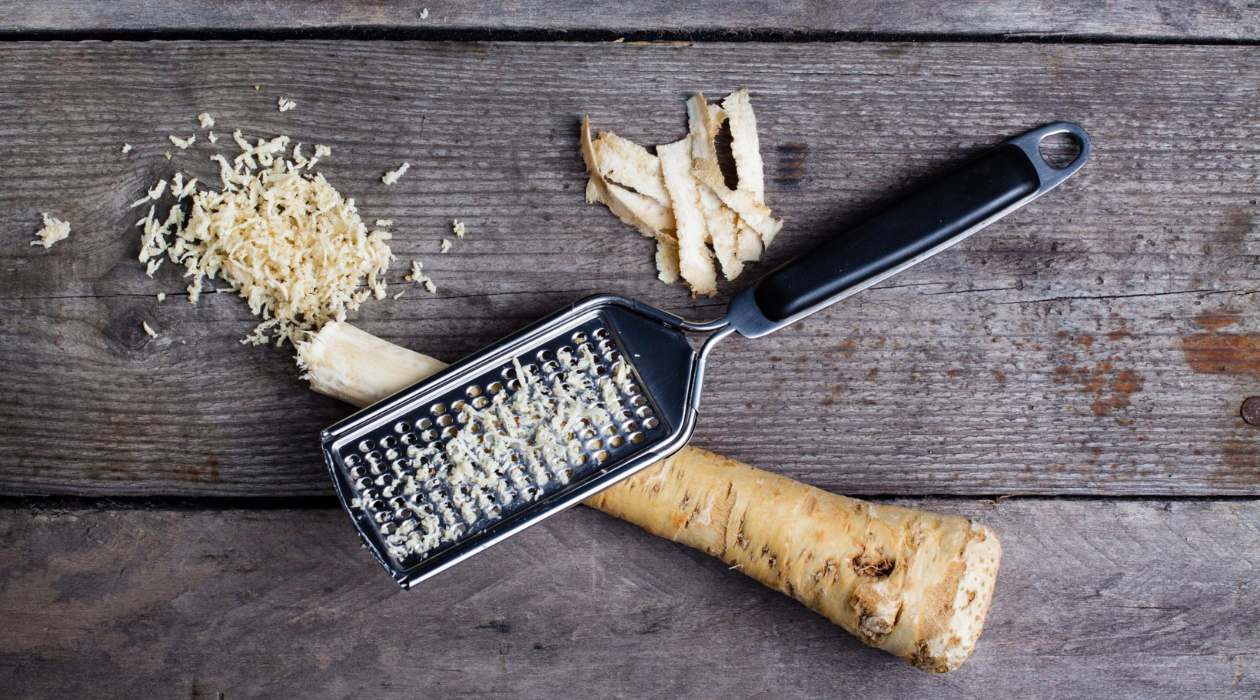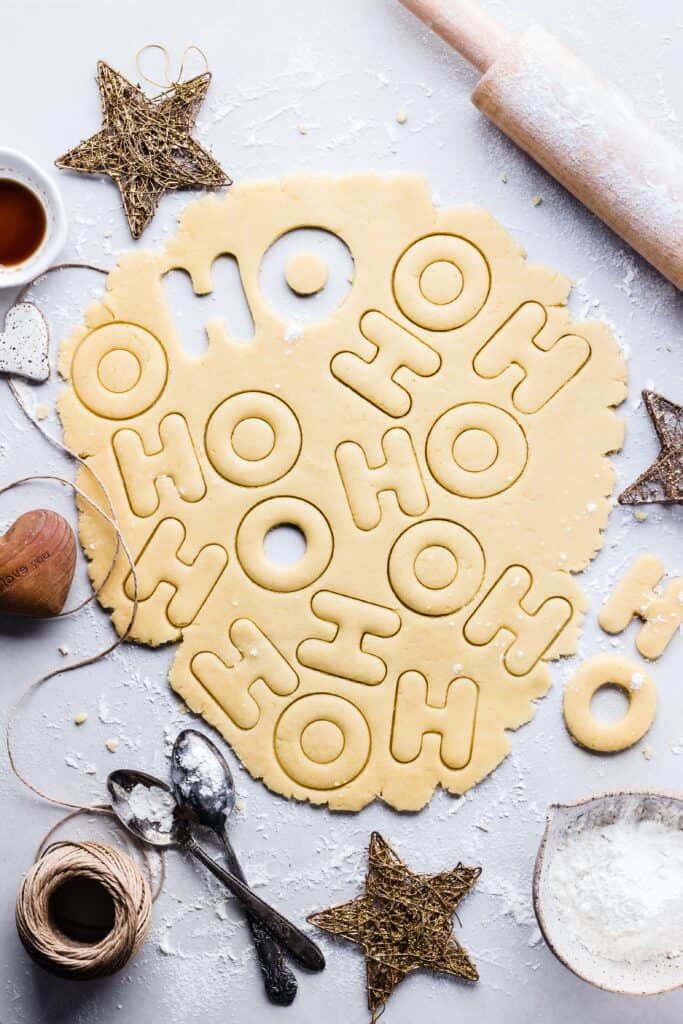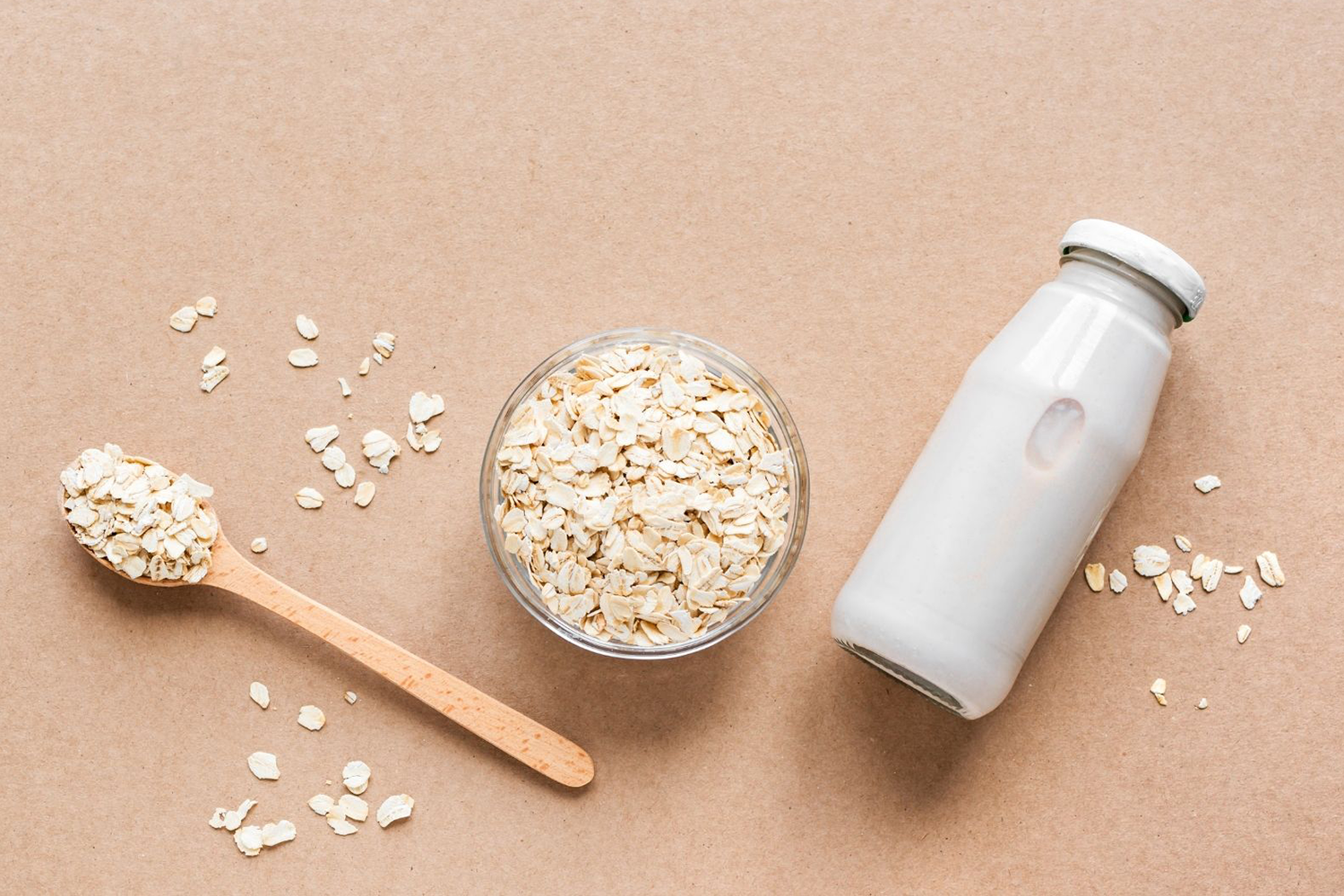Does tequila go bad? The science behind tequila’s shelf life and storage tips
– An unopened bottle of tequila does not expire and has an indefinite shelf life.
– Once opened, the tequila will remain at peak quality for 1 year before declining in smell, flavor, and appearance.
– Improper storage can affect the flavor.
– If the tequila smells sour or off, it is best to discard it.









